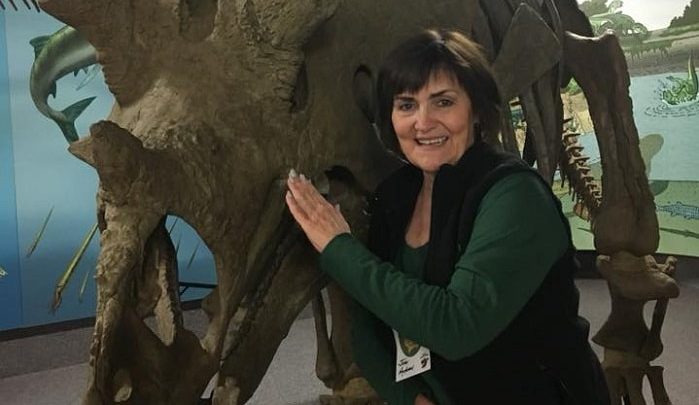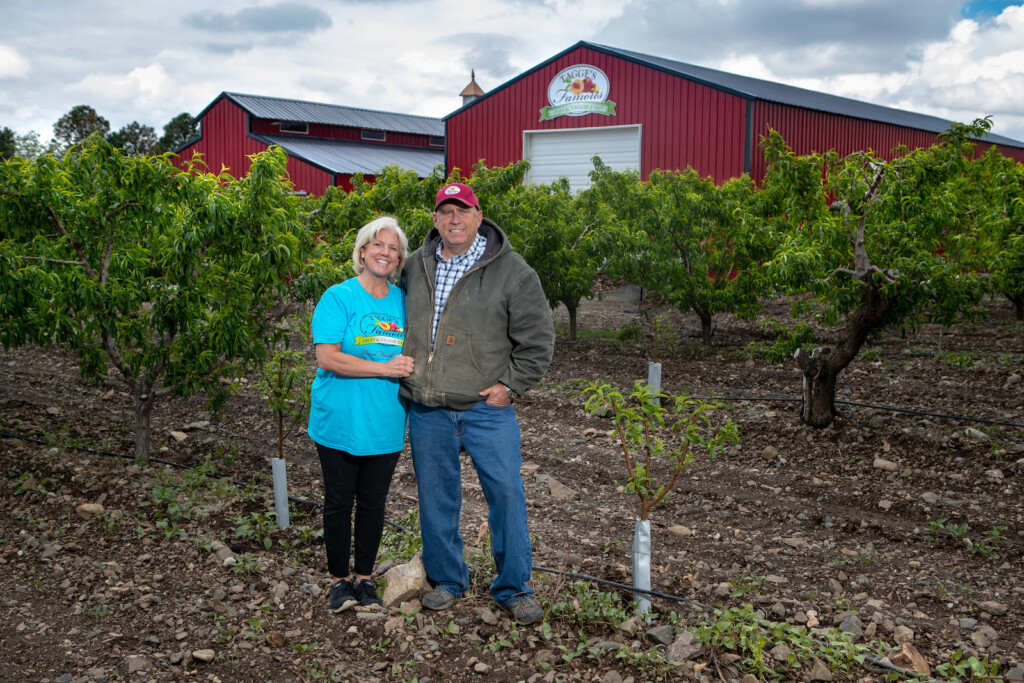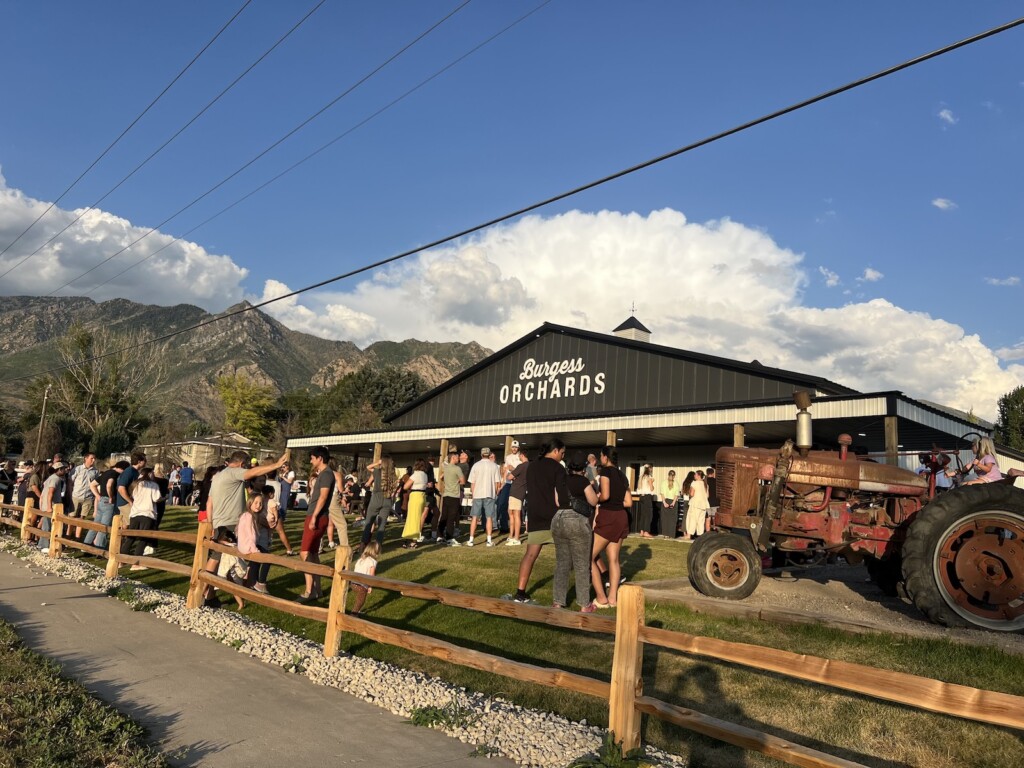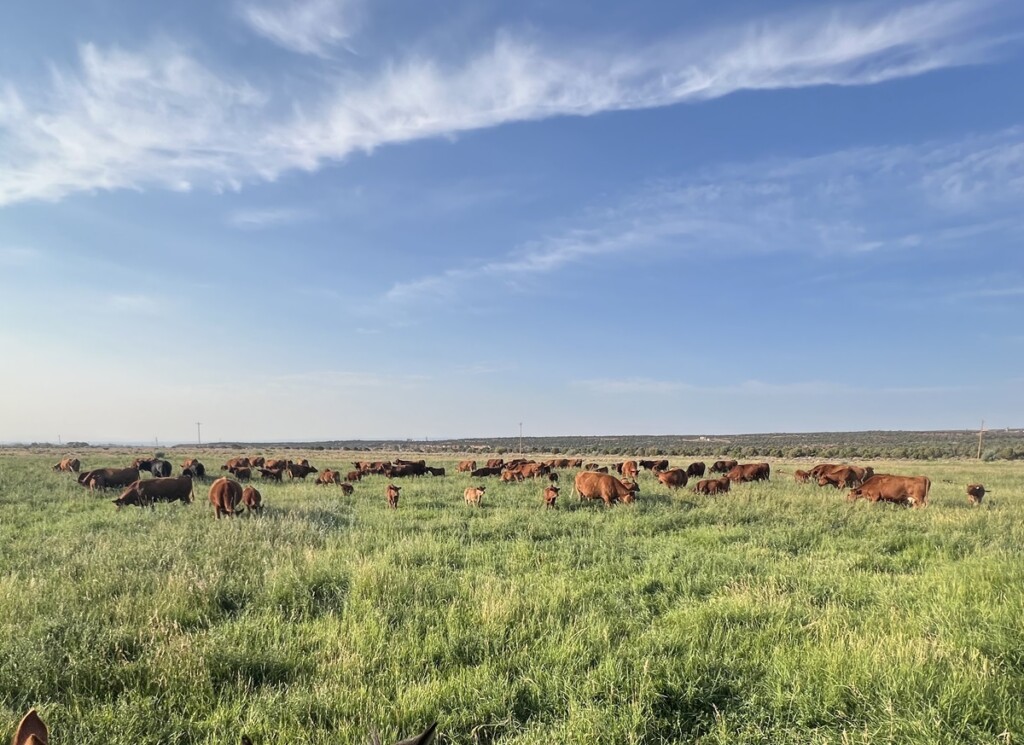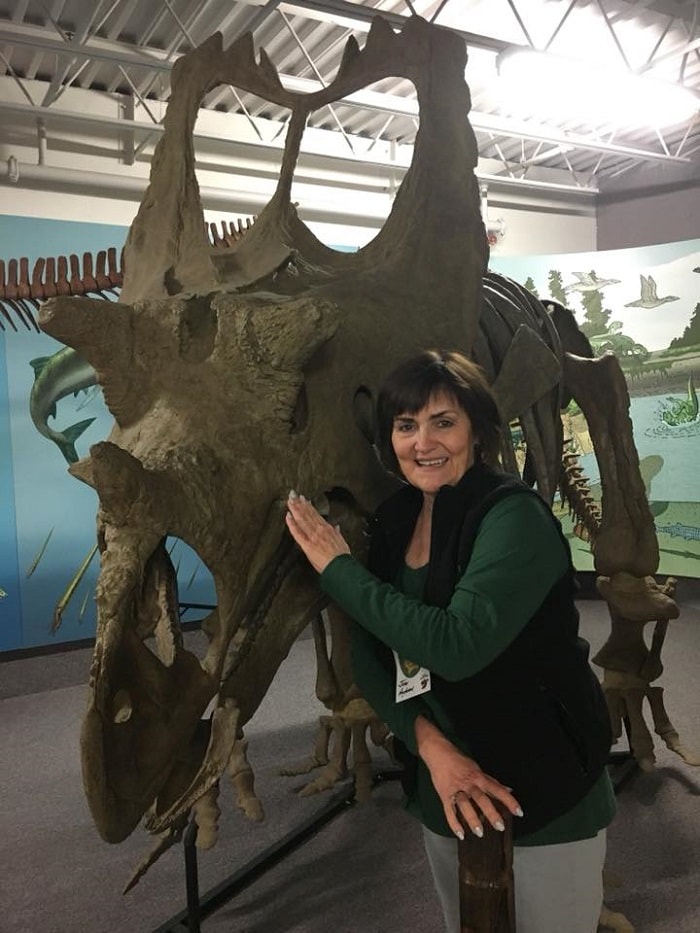
Twelve years ago, when Cottonwood Canyons Foundation Volunteer Jean Acheson pulled a pale-yellow volunteer t-shirt over her head for a wildflower festival, she had no idea it would become part of her wardrobe.
She became deeply acquainted with the flower adorning her shirt, a red Indian Paintbrush. In fact, every wildflower found in Millcreek, Big and Little Cottonwood Canyons has a story. Now in her 13th year volunteering for Cottonwood Canyons Foundation (CCF), Acheson loves her “job” working alongside numerous other volunteers spreading the message about preserving and respecting our treasured environment.
Dedicated to continuously improving the environments of Millcreek and Big and Little Cottonwood Canyons, the staff and volunteers of CCF help canyon visitors become responsible recreators. “We are continuously living now in a moving cycle of knowledge that lets us understand what our next steps need to be,” says CCF Executive Director Serena Anderson. To that end, those next steps for CCF at times seem as big and foreboding as its resident mountains.
“None of the steps we want to take, or issues we have, are seen as problems. Rather, they are concerns we have as a group. Number one, we do not have enough resources,” Anderson said. “Number two, we need another trail crew.”
Aside from hundreds of dedicated volunteers, CCF has a small full-time administrative staff of five who wear many different hats within their established roles. These five full-time staff members carry out numerous duties within the office and the community. In addition, another group of five staff members, the Trail Crew, work tirelessly clearing paths with chainsaws to make the canyons a safe and user-friendly place to visit.
While they are extremely dedicated to their mission, “we really need a second trail crew,” says Anderson, now approaching her fifth year with CCF. “There is too much work that still needs to be done. We have a backlog of maintenance.” This includes invasive weed control.
Currently only one two-member team tackles invasive weeds while reseeding for native species in all three canyons.
Unique in their “urban forest” setting, these three treasured canyons are the backyard for those living in the Salt Lake Valley area. Visitors can hike, picnic, bird watch, rock climb, mountain bike and run on the trails. However, swimming, dogs and ATVs are not permitted.
These coveted canyons provide not only recreational family-oriented activities, but 60 percent of the drinking water for Salt Lake City. They also serve as a major economic contributor for Utah’s ski country for Alta, Brighton, Snowbird and Solitude ski resorts. Because of this, the canyons don’t necessarily experience an “off season.”
As soon as wildflowers fade and wither, snowshoes and skis are dusted off and made ready for action. Hence, the role of CCF volunteer turns from that of leading wildflower hikes through green hills to that of strapping on snowshoes for hikes in deep snow, and even an occasional night hike under full moonlight. “With the moon reflecting off the snow, you don’t need a flashlight,” Acheson says. “It’s absolutely beautiful.”
Yet, whether visitors are enjoying wildflowers or the beauty of snow-covered mountains and trees, all need to be even more educated as to how to enjoy these areas, and ‘leave no trace’. “We need more restrooms,” Anderson says. Without adequate bathroom facilities, visitors may be tempted to answer the call of nature in a way that perhaps becomes detrimental to the environment.
Trash pickup in this regard can prove a daunting task, requiring time, money and staff in an effort to do this job well. Visitors also need to realize the importance of carpooling, ride-sharing, or taking the bus to cut down on traffic within the canyon. “In winter, traffic is gridlocked because of skiing,” Anderson says. “The parking lot may be full, but the ski resorts are only at 50 percent capacity.”
Anderson and the entire CCF staff are grateful to every foundation, event sponsor, individual and entity who supports them and allows the foundation to exist. They have grown from 200 monthly newsletters to 4,000 sent at present. But they are in constant need of finding new funding sources to ensure Big and Little Cottonwood Canyons and Millcreek Canyon thrive for generations to come.
“As a nonprofit organization, we don’t get to live in the present,” Anderson explains. “We live in the past making sure we’ve delivered on our promises, and yet we always look to the future to gain more funds. And nothing is guaranteed as far as future funding.”
For more information, contact Serena Anderson at director@cottonwoodcanyons.org.

